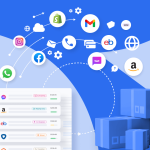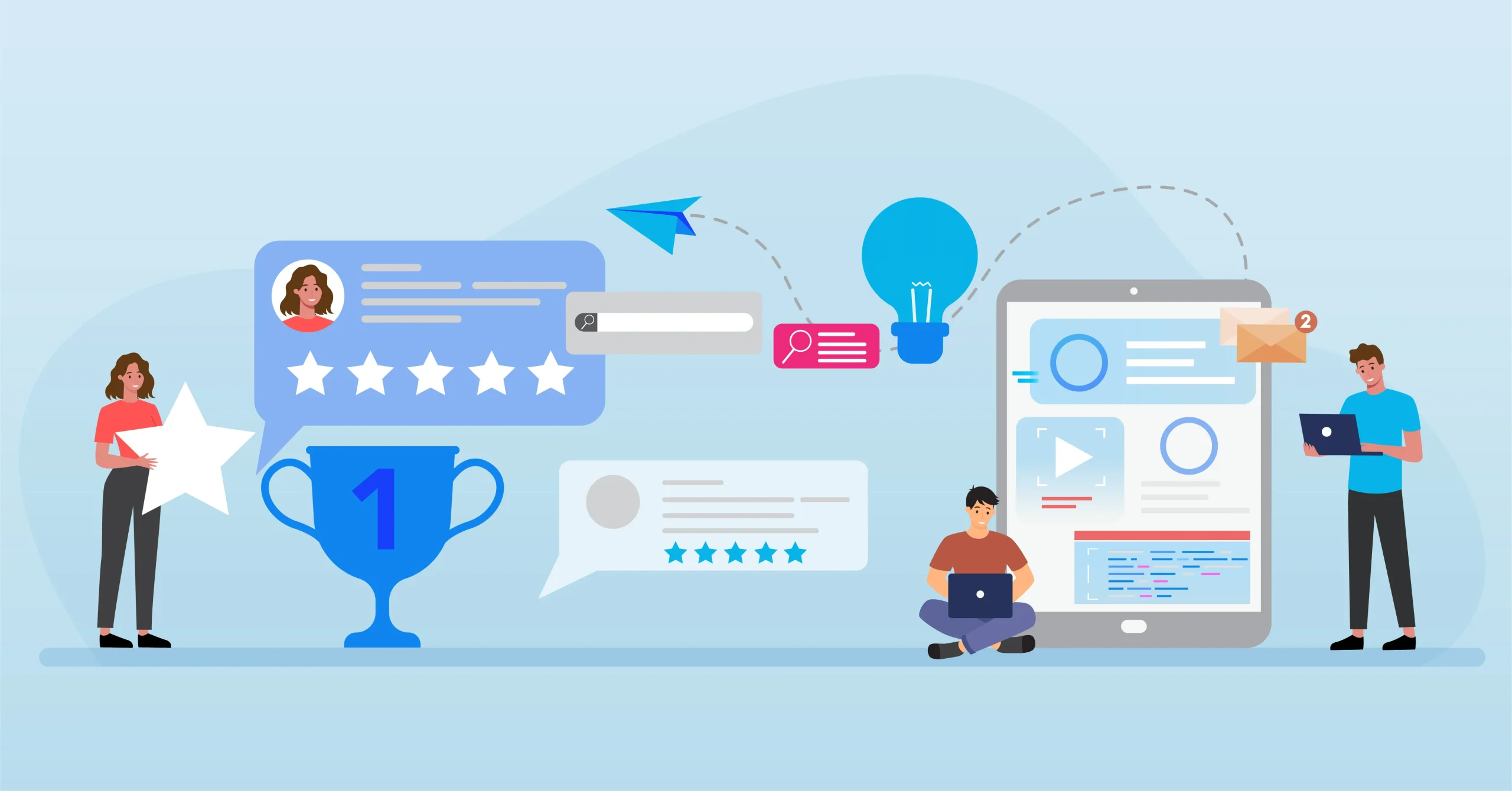As tech giants race to build out AI infrastructure — with Microsoft spending $34.9 billion in a single quarter and Meta planning up to $72 billion this year — consumers may be picking up a larger share of the tab than they realize.
Increasingly, customers are encountering subscription tiers infused with AI features, as companies attempt to monetize their massive investments. These AI tools are often bundled with essential software in ways that make them difficult to separate — and more expensive if users choose not to participate.
Take Microsoft 365, for example. Its new Microsoft 365 Premium plan, priced at $19.99 per month, bundles Copilot Pro AI features with existing Office apps. Previously, Copilot Pro cost $20/month on top of a standard subscription, and desktop Office users also needed a separate Microsoft 365 Personal ($6.99/month) or Family ($9.99/month) plan, bringing total monthly costs to roughly $27–$30. Microsoft has gradually shifted away from standalone Office purchases, making cloud integration and AI-enhanced workflows central to its offering.
Other major tech firms are following similar paths. In March 2025, Google Workspace integrated its Gemini AI assistant into Business and Enterprise plans, with price increases of $2–$4 per user per month — a 16%–33% jump depending on the tier. For a 50-person company on Business Plus, that adds up to an extra $2,400 annually. Adobe also rebranded Creative Cloud All Apps to Creative Cloud Pro mid-2025, raising prices from $59.99 to $69.99 per month in line with expanded generative AI capabilities, including unlimited standard image and vector generation.
Read More: Microsoft Warns of Growing AI Gap Despite Rapid Adoption
For many experts, whether customers want the AI features is secondary to the perception of value. “AI is all the rage right now, and that buzz fuels what marketers call perceived value bias,” said Elizabeth Parkins, professor of practice at Roanoke College. “When something’s labeled ‘AI-powered,’ people assume it must be smarter or more useful, even if it barely changes their experience. That sense of progress makes the extra subscription feel justified — until consumers start asking whether they’re paying for innovation or just the illusion of it.”
Microsoft, Adobe, and Google did not respond to requests for comment. Fred Hicks, assistant vice president and CIO at Adelphi University, said these added costs help offset the enormous expense of multi-billion-dollar data centers and energy-hungry GPU clusters. “The cost of running GPU clusters and power consumption is so high that baking it into subscriptions is how they can recoup costs,” Hicks said. “Software licensing has shifted to subscription models, and AI subscriptions follow the same philosophy.
Personalized AI Could Pay Off Over Time
Fred Hicks predicts that AI will soon be ubiquitous across products and services, as companies without it risk losing their competitive edge. For consumers, the cost of these AI-enhanced subscriptions could pay off over time, especially as personalization improves with regular use.
“Personalization using the same AI model trains on your habits and preferences. It becomes more accurate at anticipating and meeting the user’s needs. This requires long-term engagement and subscription,” Hicks explained.
However, over-subscription may become an issue — much like the current saturation with streaming services — pushing consumers to reassess which subscriptions are truly necessary. With software, though, trimming costs is often more challenging.
“Debundling AI subscriptions from other services will be almost impossible,” Hicks noted. “Google and Microsoft now include basic AI across many application subscriptions. Accessing higher-tier features for deeper integration drives up costs further.”
Chris Sorensen, CEO of U.S.-based SaaS company PhoneBurner, sees a subtle but significant shift in the market.
“AI isn’t just improving products; it’s redefining pricing structures. Companies like Adobe, Microsoft, and Google are using AI ‘enhancements’ to justify recurring revenue where one-time licenses used to suffice,” Sorensen said. He added that while subscription models provide predictable income, they can obscure incremental costs for consumers.
Consumer Pushback Is Emerging
“Many consumers are starting to notice this shift. After a while, you realize you’re paying $10 here and $20 there for features you don’t use and didn’t actively opt into,” said Chris Sorensen, CEO of SaaS company PhoneBurner. While these incremental revenues may benefit companies for now, Sorensen predicts increased pushback in the future.
“Some resistance is already emerging, especially in creative and productivity communities,” he added. “But this model is likely to keep growing. Companies will probably develop ‘AI premium intelligence’ tiers that turn software ownership into a form of perpetual rental.”
Tien Tzuo, founder and CEO of subscription-management platform Zuora, says AI-infused products and price hikes are becoming a thorny issue for consumers.
“All companies are layering AI into their products, but the largest players — Adobe, Microsoft, Google — often hike prices without clear justification,” Tzuo explained. “Other companies, like Zendesk, are taking a more transparent approach by linking AI costs to outcomes, so you only pay when the AI resolves a ticket.”
If consumers push back enough, particularly when AI features fail to deliver tangible value, usage-based pricing may become the norm, Tzuo said.
“We’re seeing a surge in interest for pay-as-you-go AI, where customers control what they pay based on actual use,” he noted. “AI is redefining ‘value,’ and usage-based pricing allows companies to demonstrate it. How often you use a product or see results should determine what you pay.”
Ananya Sen, assistant professor of information technology and management at Carnegie Mellon University’s Heinz College, notes that the trend toward AI bundling is an extension of longstanding subscription practices online.
“The issue has always been ease of subscribing versus difficulty of unsubscribing. With AI products, this is happening at a larger scale,” Sen said. Because many consumers don’t fully understand AI features, they may inadvertently pay for tools they don’t need. Behavioral psychology further reinforces this: inertia sets in once users opt in, making it harder to unsubscribe.
“Companies are counting on this inertia,” Sen explained. “AI products evolve quickly, making it difficult for ordinary consumers to track their usage. It becomes a bandwidth issue — mental bandwidth and attention are finite.”
Sen emphasizes that consumers must actively manage their subscription ecosystem. “It’s a two-way street. Small monthly charges add up, and people need to be vigilant,” he said.
Despite the rise of AI subscriptions, many consumers still rely on free basic versions of software. However, companies are steadily pushing more users toward paid tiers. “Even for the largest players, a significant proportion of users remain on free versions. Converting them to subscriptions remains challenging,” Sen added.
Frequently Asked Questions
Why are AI features being added to software subscriptions?
Tech companies are investing billions in AI infrastructure. To recover these costs, they bundle AI features into existing software subscriptions, making them harder to separate and increasing overall revenue.
Do I have to pay for AI features if I don’t use them?
Often, yes. Many AI tools are included in software bundles, and opting out can be difficult or impossible without choosing a lower-tier plan or forgoing essential software functionality.
Will AI subscriptions benefit me over time?
Potentially. Personalized AI features can learn your habits and preferences, making tools more useful over time. Long-term engagement with AI-enabled subscriptions may enhance productivity and personalization.
Are there alternatives to paying higher subscription fees for AI?
Some companies offer usage-based pricing, where you pay only for AI features you actively use. Free basic versions of software remain available, though features are limited.
Why are consumers pushing back against AI subscription costs?
Many consumers notice incremental charges for unused AI features, which can accumulate over time. Resistance is growing, particularly among creative and productivity-focused users.
Can I unsubscribe from AI features?
Debundling AI from subscriptions is often challenging. In most cases, AI is integrated into the core software, and higher-tier subscriptions are required for deeper AI functionality.
Conclusion
AI is rapidly transforming software products, shifting the industry toward subscription-based models with bundled, often unavoidable AI features. While these tools promise personalization and enhanced functionality, they also increase costs for consumers, sometimes without clear added value.Experts agree that AI subscriptions are likely to grow, with higher tiers and pay-as-you-go models becoming more common.










